These Subtle Airport Design Cues Keep You From Getting Lost
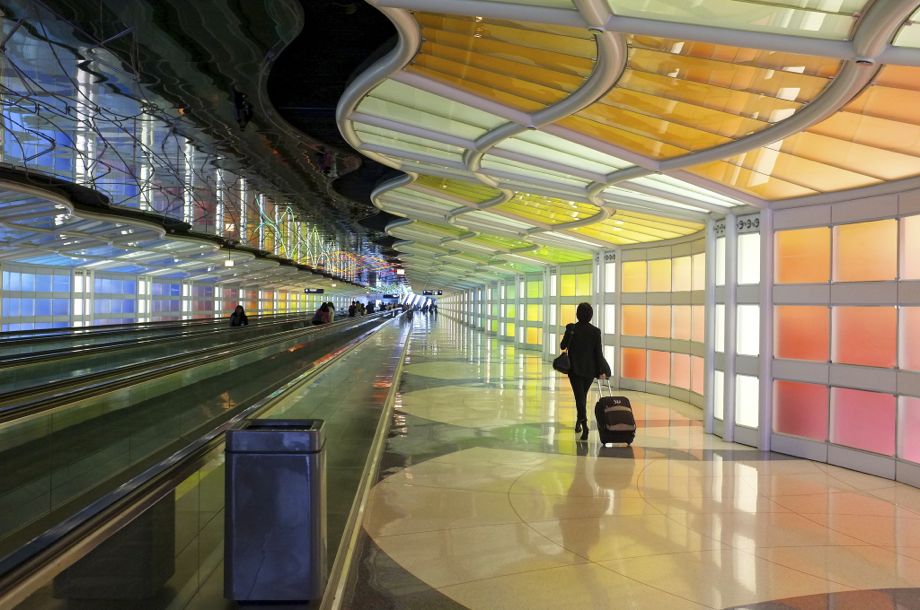
Courtesy of Nick Harris/Flickr
Roman Mars’ podcast 99% Invisible covers design questions large and small, from his fascination with rebar to the history of slot machines to the great Los Angeles Red Car conspiracy. Here at the Eye, we cross-post new episodes and host excerpts from the 99% Invisible blog, which offers complementary visuals for each episode.
This week's edition—about wayfinding—can be played below. Or keep reading to learn more.
As humans have developed cities and built environments, we have also needed to create ways to navigate them. Signage goes back at least as far as the Roman Empire, where they constructed “milestones” along their roadways.
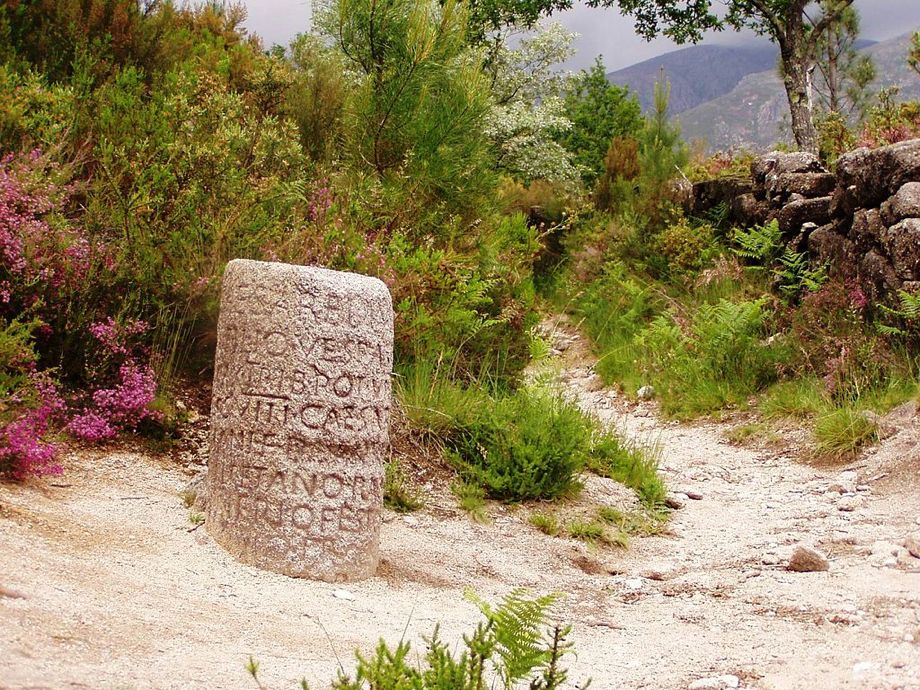
Courtesy of Júlio Reis/Wikimedia Commons
Today, signage and other cues to help you find your way come from the field of environmental graphic design known as wayfinding. Chances are that any signs in an airport, in a hospital, or on a freeway were created by professional wayfinders.
But there’s more to wayfinding than signage. In fact, signage is the least effective tool of wayfinding. Good architecture is among the best.
Consider the new international terminal at Hartsfield-Jackson International Airport in Atlanta. The physical space tells you everything you need to know about how to move through it, without you even realizing it.
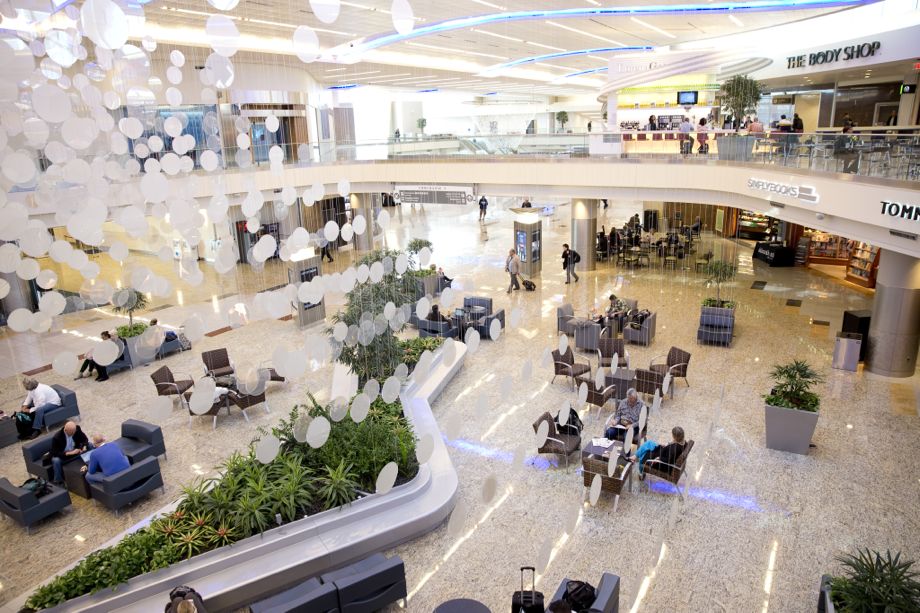
Courtesy of Marlo Herring/Hartsfield-Jackson International Airport
The terminal maximizes “sight line,” because if you can see your destination, you don’t need signs.
Rather than meeting you head-on when you walk in, the ticket counters are angled.
Once you get your tickets, these angled counters subtly push you in the right direction.
There are also subtle cues in the floor. The tiles are angled so as to point you toward the security checkpoint.
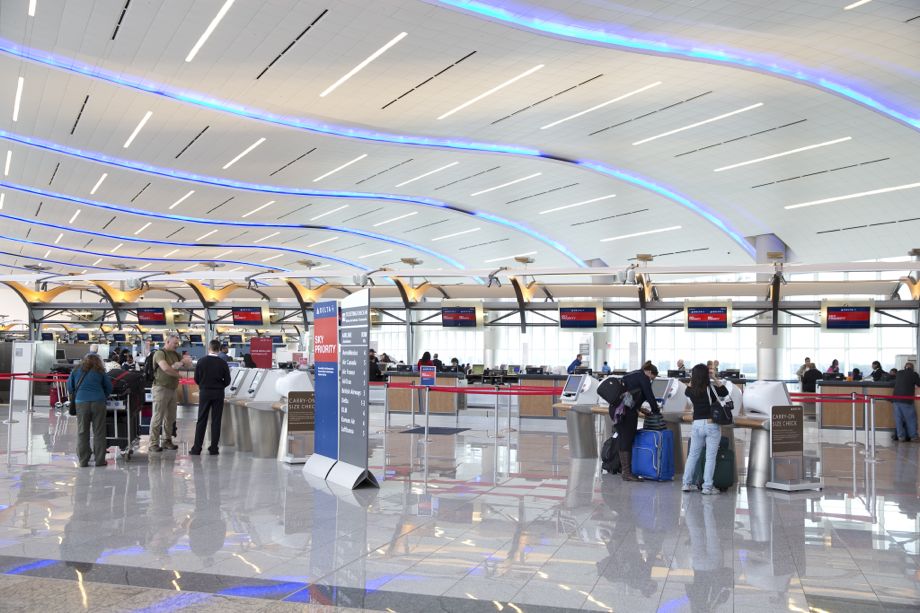
Courtesy of Marlo Herring/Hartsfield-Jackson International Airport
There’s another set of tiles inside the dominant grid pattern: a “yellow brick road” that cleaves this corridor out of negative space heading directly toward security.
Not all airports are this streamlined and minimal, however. Often, as a traveler, you’ll have to find your way as you’re being bombarded with all sorts of images that compete with the wayfinding. So the key here is to make the signage stand out by being drab and plain, so you can tune out all the glitz.
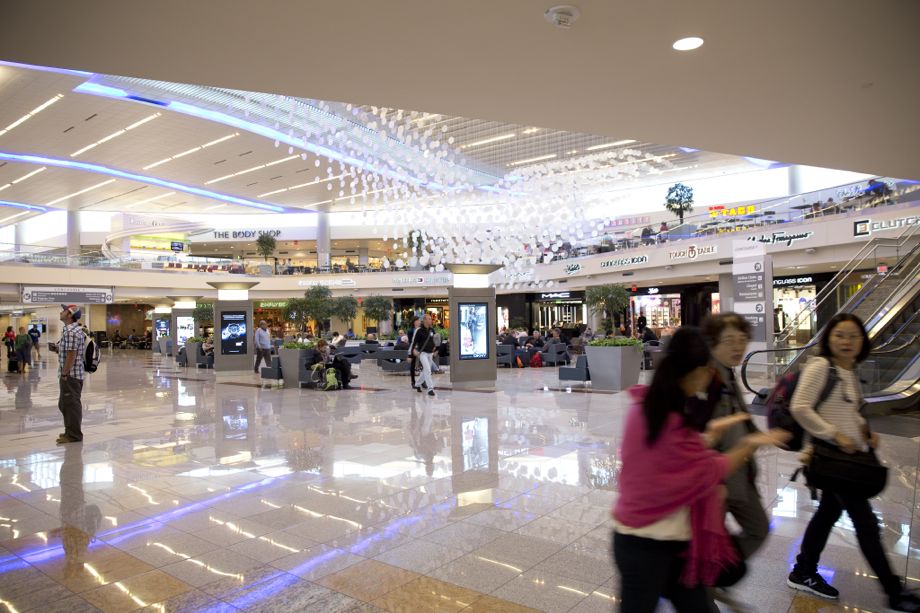
Courtesy of Marlo Herring/Hartsfield-Jackson International Airport
However, wayfinding and commerce aren’t necessarily in competition. In fact, often it’s the case that an airport’s wayfinding is there to give you a sense of calm as you navigate an unfamiliar environment. The hope is that you’ll be more likely to buy stuff than if you were stressed and in a hurry. And sometimes, wayfinding will steer you toward opportunities to spend money.
In theory, wayfinding should work whether you’re aware of it or not, but learning to see the subtle wayfinding cues in the built landscape can help you understand how you make your decisions. It can also make you question if you’re the one even making your own decisions at all.
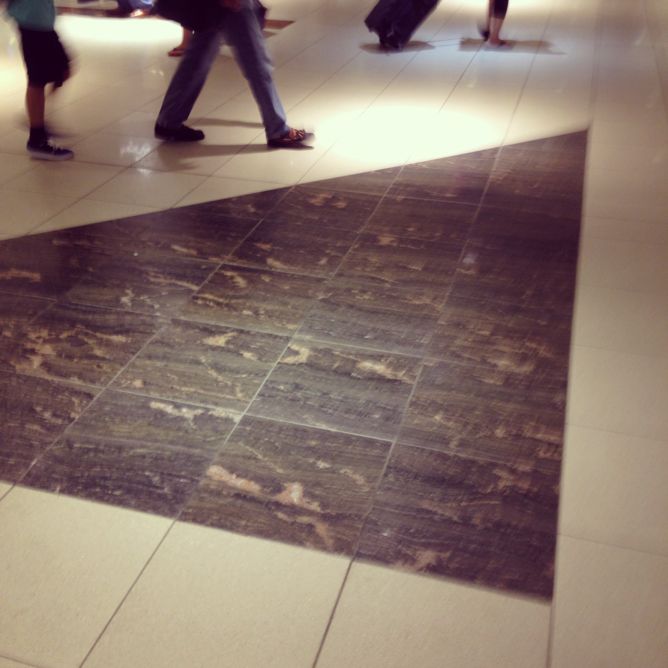
Courtesy of Sam Greenspan
To learn more, check out the 99% Invisible post or listen to the show.
99% Invisible is distributed by PRX.
